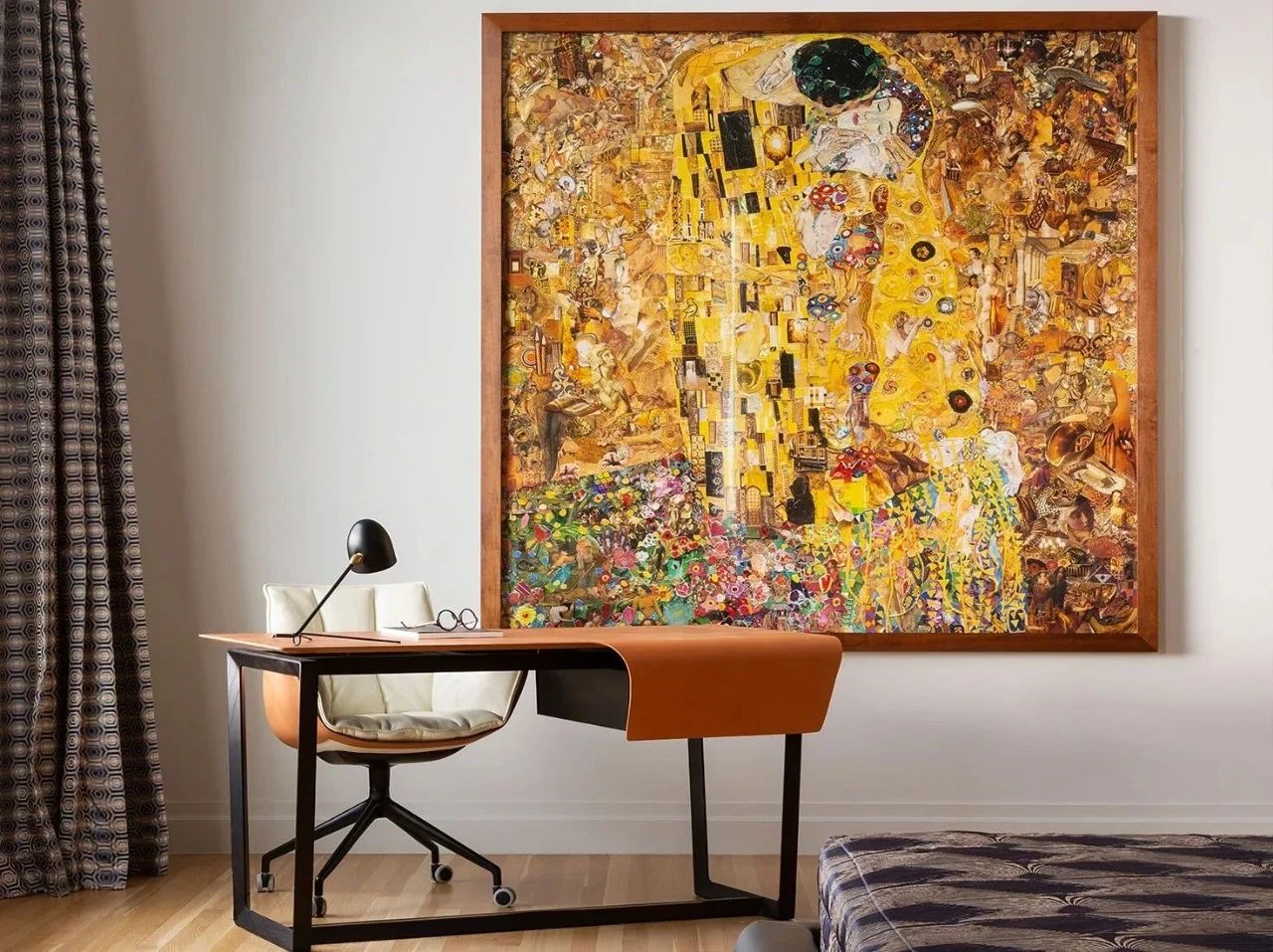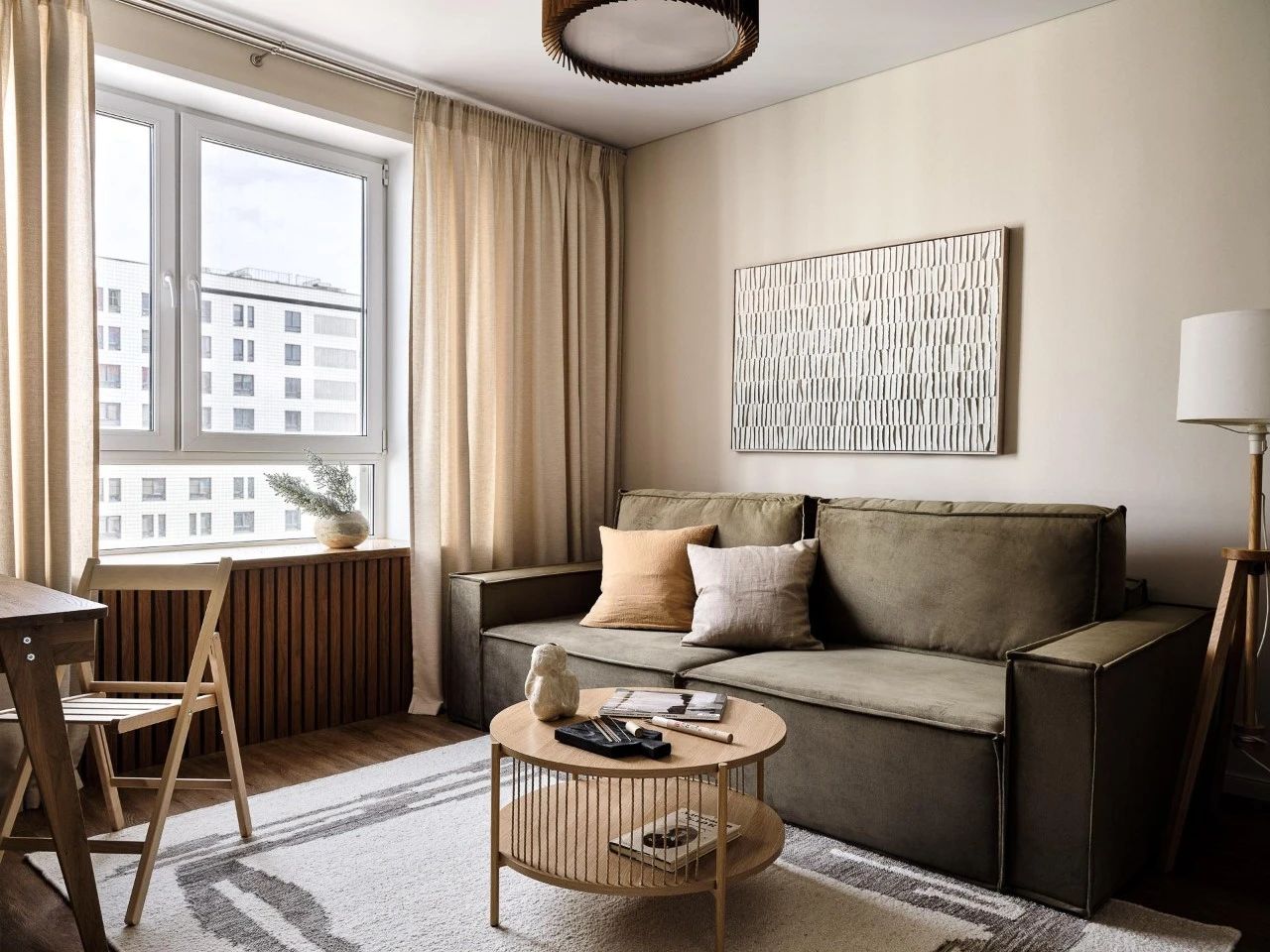ㄷ House (digeut
2017-03-27 22:00
© Jaewon Suh
c.Jaewon Suh


架构师提供的文本描述。在绿油油的稻田中间盖房子是一种非常浪漫的想象,但现实并不是那么容易感伤。由于城际公共汽车终点站就在附近,这所房子无法摆脱其他人的注视。因此,对家庭来说,最重要的是要有一个受保护的外部空间,在那里他们可以和两个年幼的孩子一起享受农村生活中的户外活动。这所房子必须是一个,同时又是两个,因为他们应该和祖父母住在一起。还有另一个愿望,那就是房子看起来比实际的要大,这让我们想起了一栋单层的房子,里面有韩国字母“ㄷ”形状的平面图,中间的庭院似乎是内部空间的一部分。
Text description provided by the architects. It is a very romantic imagination to build a house in the middle of a green rice field, but the reality was not so easy to get sentimental. The house could not be free from the gaze of others because the intercity bus terminal was in the vicinity. Therefore, the most important thing for the family was a protected exterior space where they can enjoy outdoor activities of the rural life with their two young children. The house had to be one and at the same time two because they are supposed to live with grandparents. And also another desire, that the house should look bigger than the actual one, reminded us a single-story house with the Korean letter 'ㄷ' shaped floor plan, where the courtyard in the middle seemed to be part of the inner space.
© Hyosook Chin
(三)


First Floor


© Hyosook Chin
(三)


相比于“单位”形状,“单位”形状规划可以很容易地划分为两个区域,用于家庭的隐私,中间的区域可以被用作连接两个区域的房屋中的公共空间。内部空间被划分为三个区域,具有自己的方向:家庭区域、祖父母或客体区域,以及连接两个区域的生活、用餐区域。在院子的另一端“单位”成形空间是具有大的门的壁,其可以保护室外活动不受外界的影响,并且当闸门打开时也欢迎相邻的邻居。房屋中心的庭院与内部空间集成在一起,同时又改变了房屋的印象,偶尔也是夏日的儿童水上乐园,秋夜在月光下的烧烤场和冬季的雪景。屋顶坡度很低,朝向庭院,所以屋顶的顶平面从里面甚至可以看到,不仅增加了庭院的开放性,而且还使内部空间和庭院的边界模糊,使房子看起来比实际的更宽敞。
Compared to 'ㅁ' shape, 'ㄷ' shaped plan could be easily divided into two areas for the privacy of the family and the area in the middle could be used as a public space in the house which connects two areas. The inner space is divided into three areas with their own orientation: the family area, the grandparents or the guest area, and the living, dining areas which connect the two areas. On the other end of the courtyard that is enclosed by the 'ㄷ' shaped space stands a wall with a large gate which can protect the outdoor activities from the outside and also welcomes the neighbors when the gate is open. The courtyard in the center of the house becomes integrated with the inner space while changing the impression of the house occasionally as a water playground for children on summer days, a barbecue yard under a moonlit in the autumn night and a snowy landscape in winter. The roof, which slopes very low toward the courtyard so that the top plane of the roof is even visible from inside, not only adds to the openness of the courtyard but also blurs the boundaries of the inner space and the courtyard, making the house look more spacious than it actually is.
© Hyosook Chin
(三)


Country house
农村的新房要和城市住宅开发区的房子有点不同。考虑到一些常见的风景,如有门式房顶的单层房屋、仓库和简单的乙烯基温室,熟悉的形式和材料被以一些非常规的方式使用,这使得房子在附近没有那么无聊和陌生。屋顶采用波纹镀锌钢板,这在农村非常普遍,在实心砖墙上轻轻地拉起木耙,意在使传统的韩国民居(Hanok)和乡土民居之间具有中间的敏感性。在庭院中,白色的混凝土墙和粗糙的木门及其裸露的支撑结构,更多地体现了地面上粗糙土壤的乡村感觉。此外,暴露的天花板与水泥灰泥,混凝土柱及其痕迹的模板和粗糙的白色油漆烟囱是平衡的白色墙壁和优雅的窗户,同时显示更多的对比。
Thinking a new house in the countryside had to be somewhat different from the houses in the residential development area of the city. Having the common scenery in mind such as the single-storey houses with the gabled roof, the warehouses, and the simple vinyl greenhouses, familiar forms and materials are used in somewhat unconventional ways, which makes the house not so boring and foreign in the neighborhood. By using the corrugated galvanized steel plate for the roofing which is very common in the countryside and by stretching the wooden rafters lightly on the solid brick walls it was intended to give the intermediate sensibility between the Traditional Korean House (Hanok) and vernacular folk houses. In the courtyard, the concrete wall painted in white and the rough wooden gate with its exposed supporting structure reveal more the feeling of the countryside with its rough soil on the ground. In addition, the exposed ceiling with the cement-plaster, the concrete pillar with its traces of the formwork and the rough white-painted chimney are balanced with the white-painted walls inside and the elegant windows while showing more contrast.
© Hyosook Chin
(三)


绿色砖房
Greeny brick house
由于南面圆形洞口的照明,可以同时照亮庭院和街道,房子的正面突出了它的存在,给人留下了独特的印象。然而,由于房屋周围的绿色砖块连贯一致,它并没有失去整体的统一性。房子的绿色外观在城市里是不寻常的,夏天藏在绿色的稻田里,和秋天的金色田里形成鲜明对比,成为周围环境的一部分。大门上的大洞口、大窗户周围的石框和高高的烟囱,从远处遮住了房子的尺寸,使房子比实际的尺寸要小一些。这是这个房子的另一个特点,用过的材料在外观上是一样的,但是在这个非常简单的平面图中,所有的四个高度都是完全不同的。高烟囱并不能起到取暖的作用,而仅仅是装饰的元素,具有象征意义,这让人想起了乡村别墅里的童年记忆。
With the lighting in the circular opening on the south which can light up the courtyard and the street at the same time, the front facade of the house highlights its presence creating a unique impression. However, because of the green brick surrounding the house coherently, it does not lose the unity of the whole. The greenish exterior of the house, which is unusual to be seen in the city, becomes part of surroundings while hiding in the green rice field in the summer and contrasting with the golden field in the autumn. The large opening on the main entrance, the stone frame surrounding the big windows and the high chimney create the effect of obscuring the dimension of the house from the distance and making the house somewhat smaller than its actual size. It is another characteristic of this house that the used material is same on the exterior but all four elevations are quite different within this very simple floor plan. That the high chimney doesn't act for the heating, but rather stands as a mere decorating element, has the meaning of symbolic representation which recalls the memories of childhood in the country house.
© Hyosook Chin
(三)




© Hyosook Chin
(三)














































































Architects aoa architects
Location Eumseong-gun, South Korea
Category Houses
Architects in Charge Jaewon Suh, Euihaing Lee
Design Team Sooyeon Ahn
Area 131.3 m2
Project Year 2016
Photographs Hyosook Chin, Jaewon Suh
Manufacturers Loading...































